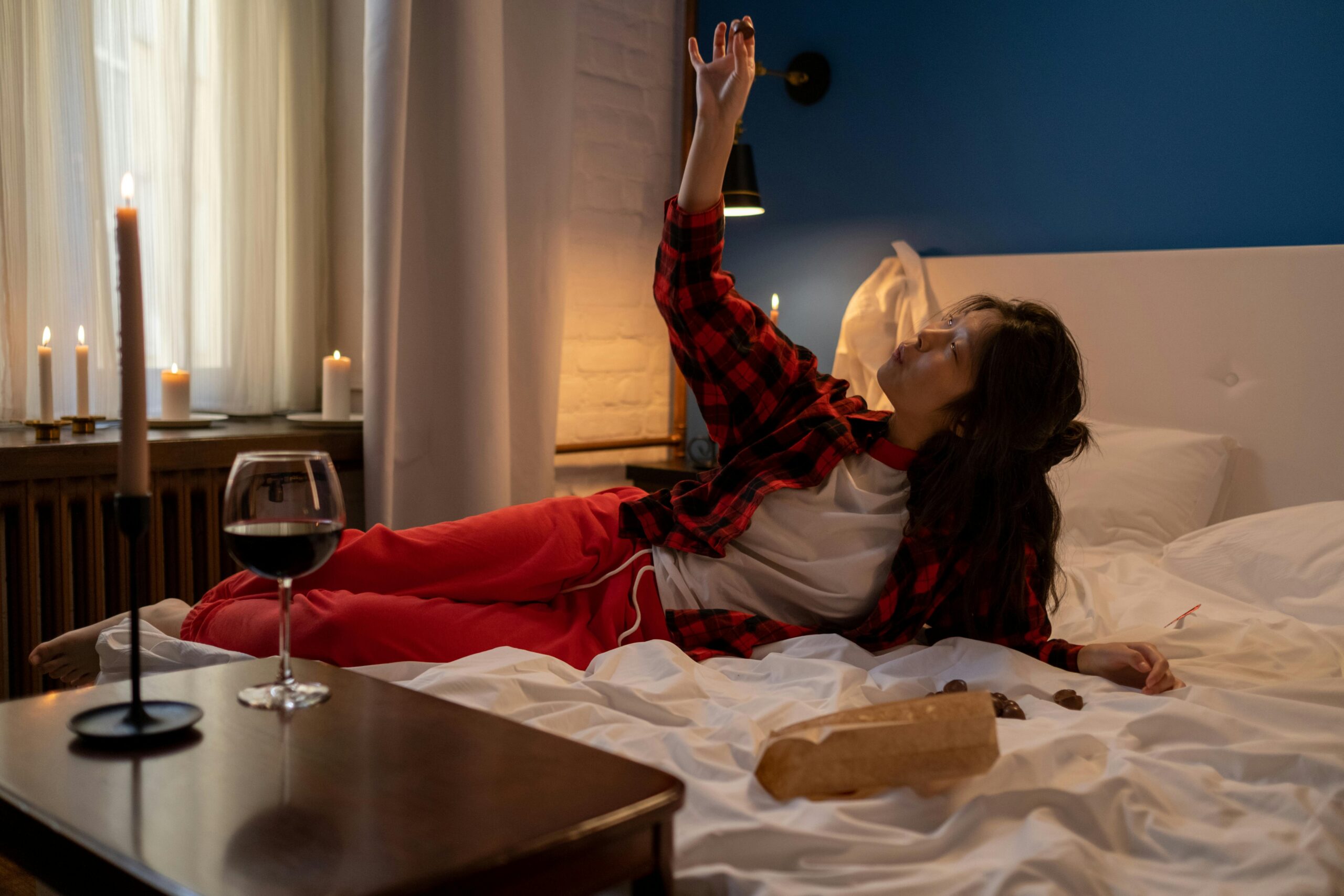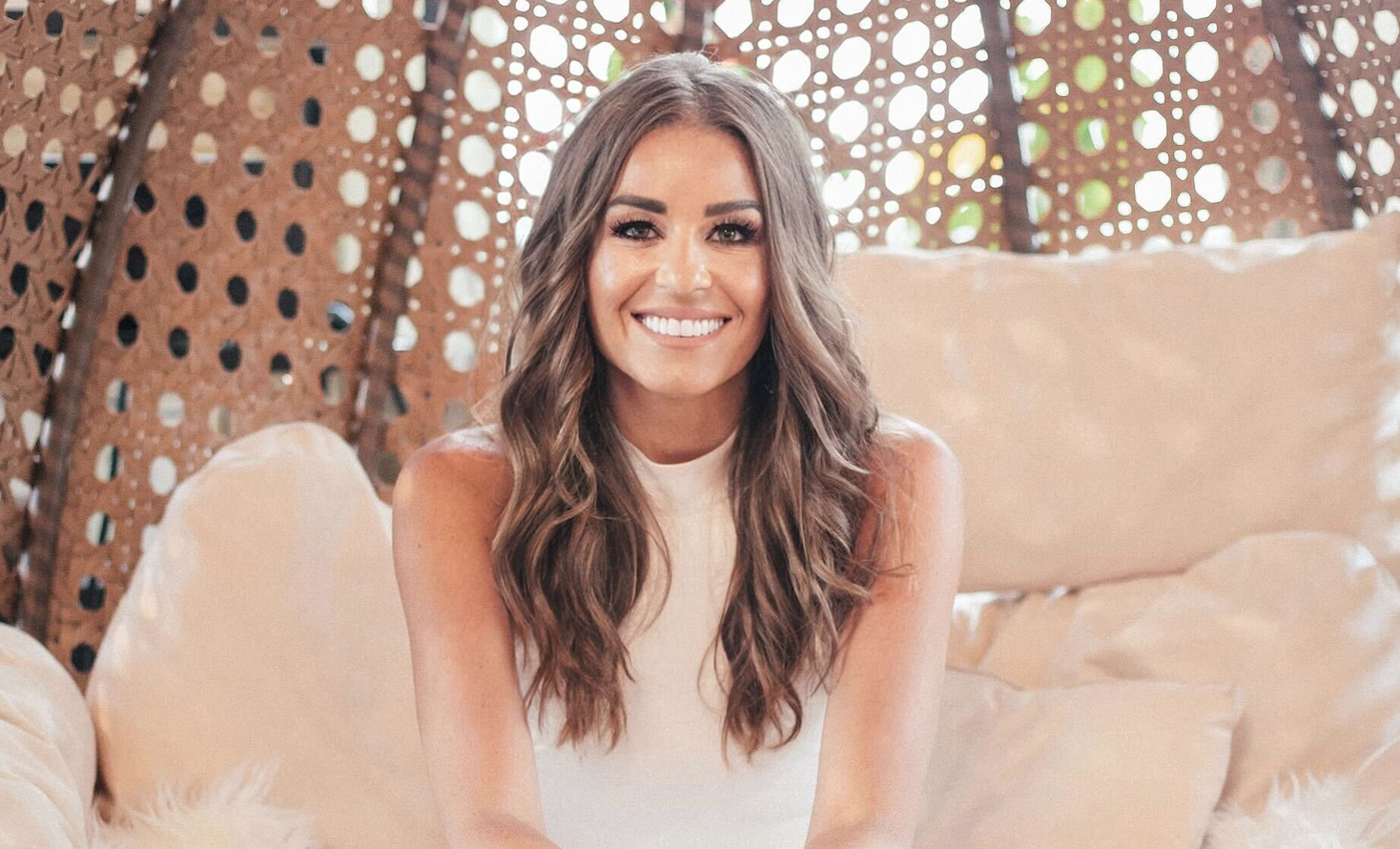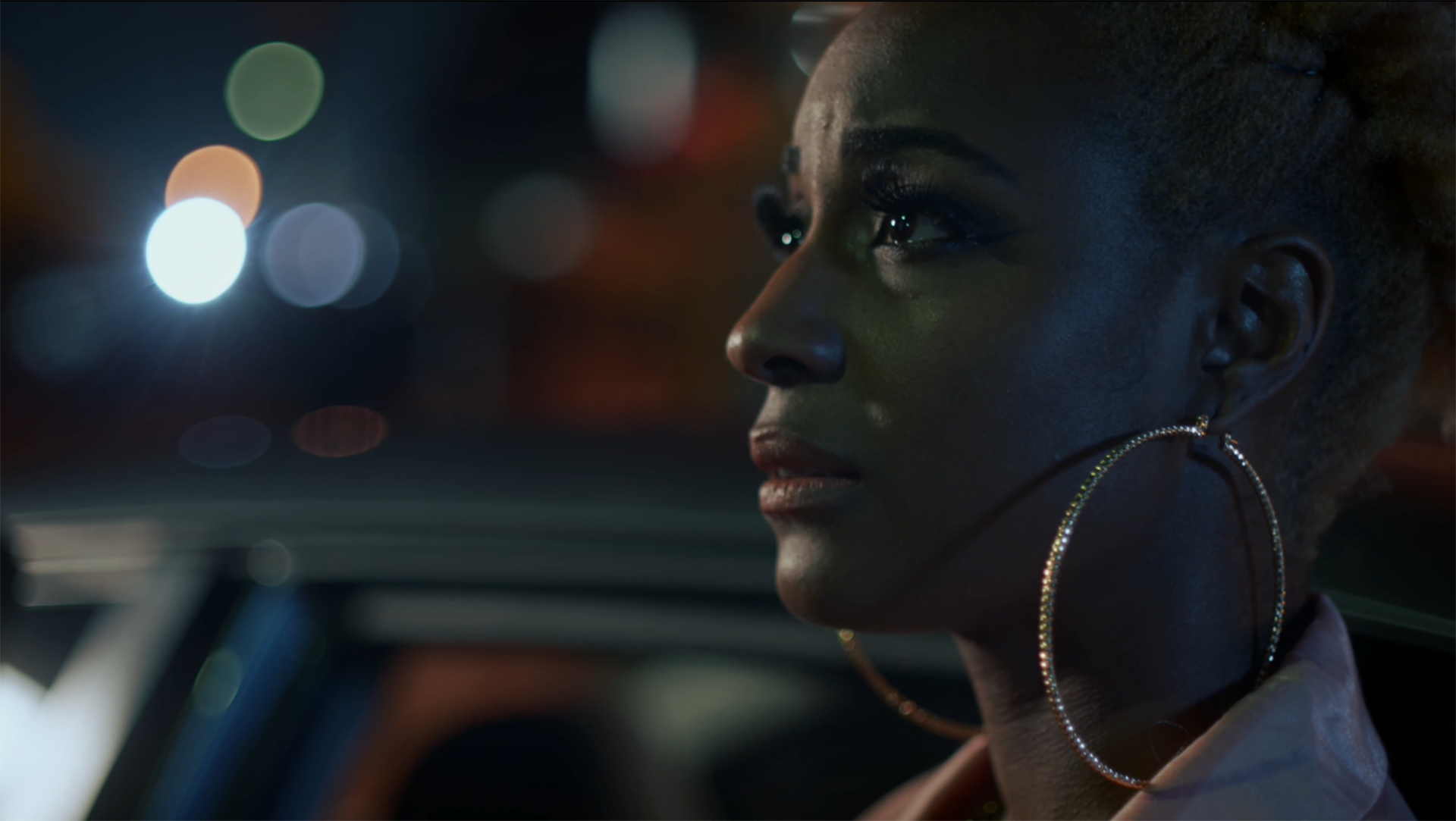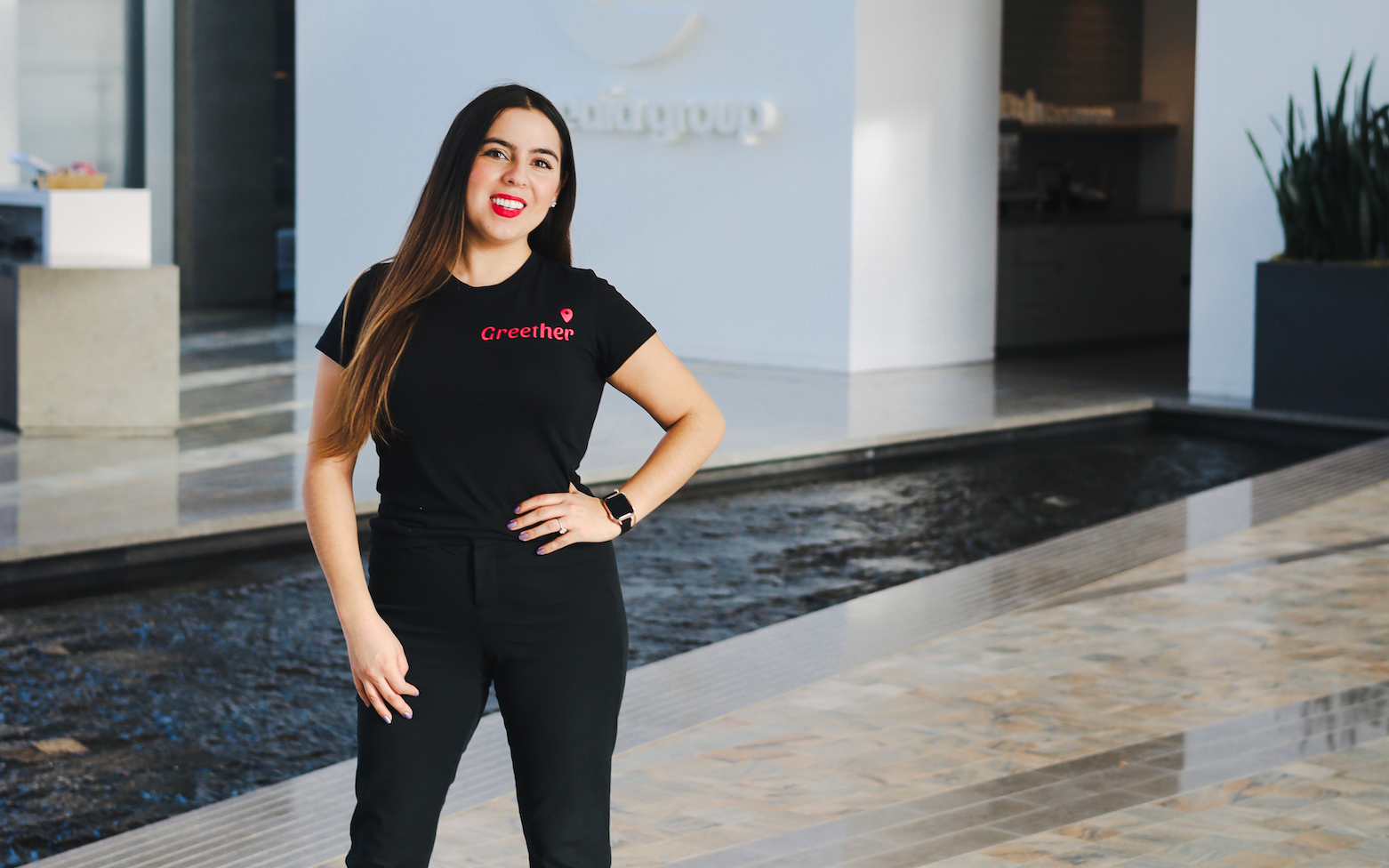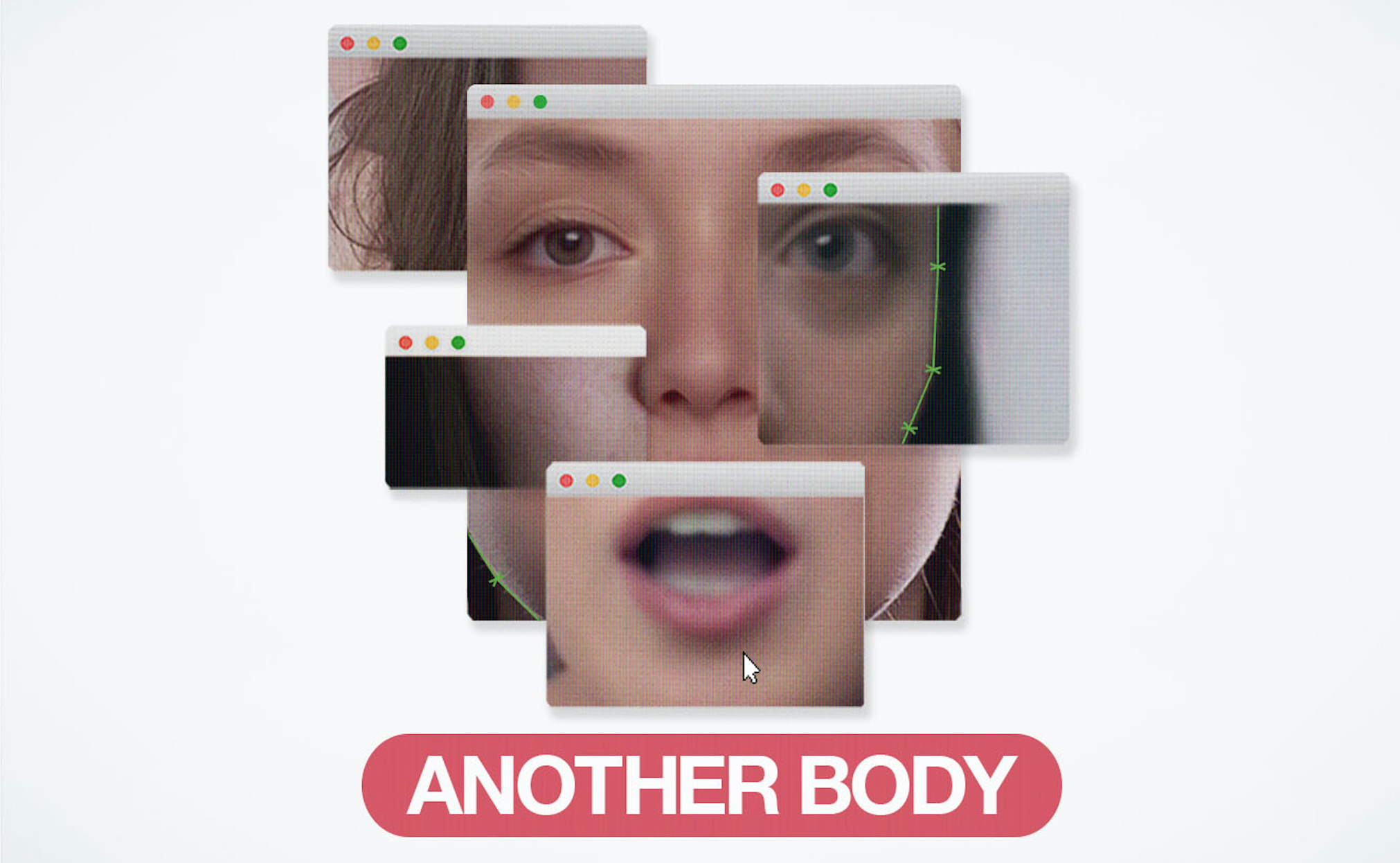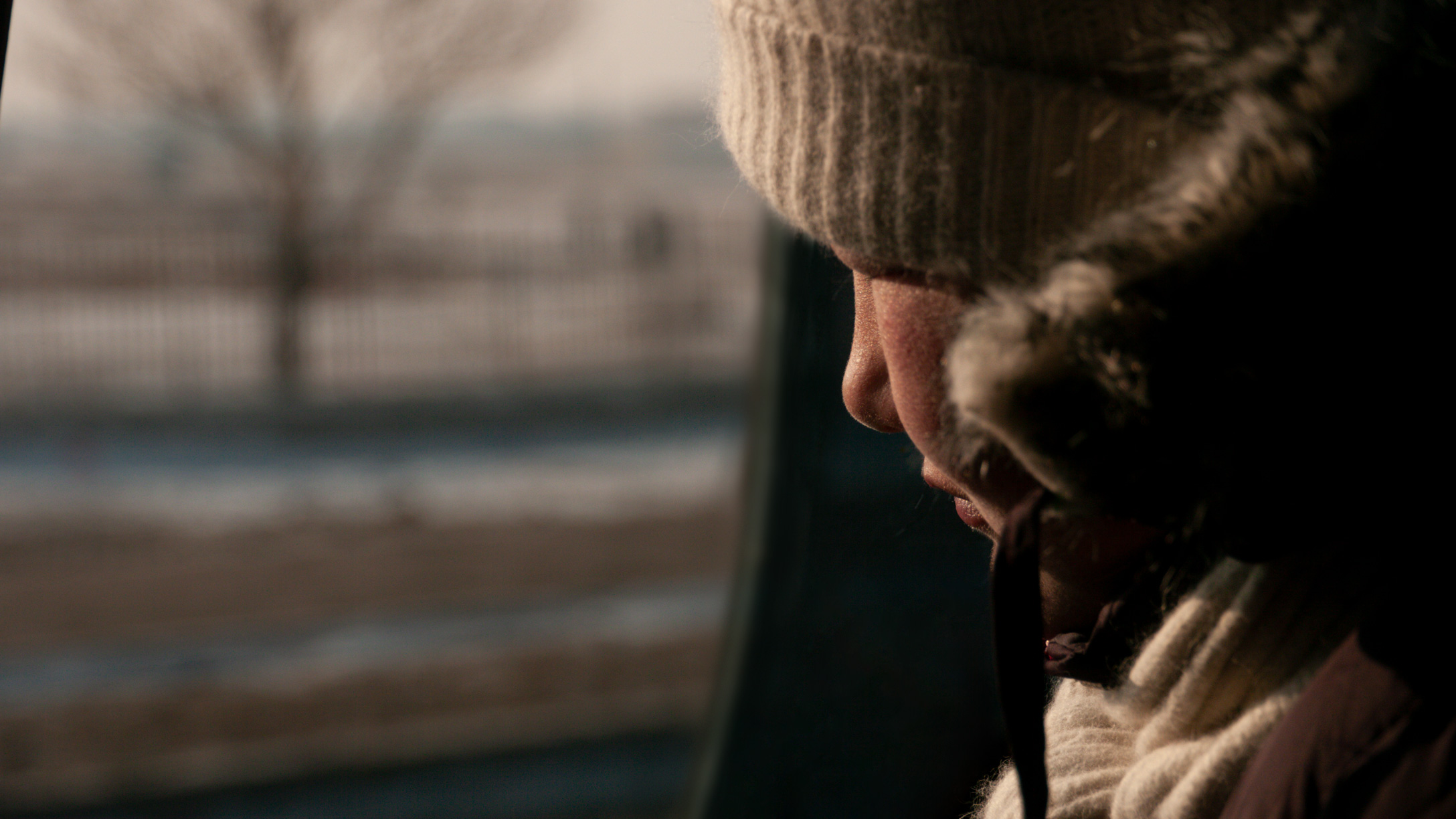
According to the most recent Celluloid Ceiling report from the Center for the Study of Women in Television and Film at San Diego State University, the number of women in the film industry behind the camera hasn’t progressed much over the past few decades. While there have been some modest gains, there is clearly still a long way to go. For cinematography in particular, the report showed that “the percentage of women…has only increased from 4% in 1998 to 6% in 2021.”
As Geena Davis often says in the research her organization The Geena Davis Institute on Gender in Media commissions, “if she can see it, she can be it”. Representation really does play a vital role in showing underrepresented groups that they do in fact belong, and their talents can play an important contribution, even if they are a minority in a particular landscape.
For women cinematographers, it is Emmy Award-winning artists like Amy Bench, who have become a powerful visual representation of what it looks like to not only work and thrive in, but have considerable success in a typically male-dominated industry like film.
Her name may not have household recognition, but her work underscores the power of documentary filmmaking to change culture and reflect our ever-shifting world. Amy specializes in working on various documentary-style films that bring awareness to pressing social justice issues, and two of her recent films were selected for the 2022 SXSW festival – ‘Mama Bears’, and ‘Shouting Down Midnight’.
‘Mama Bears‘ is an intimate, thought-provoking exploration of the journeys taken by Evangelical Christian women Sara Cunningham and Kimberly Shappley, two “mama bears” —whose profound love for their LGBTQ children has turned them into fierce advocates for the entire queer community — and Tammi Terrell Morris, a young African American lesbian whose struggle for self-acceptance perfectly exemplifies why the mama bears are so vitally important.
Shouting Down Midnight recounts how the Wendy Davis filibuster of 2013 galvanized a new generation of activists and reveals what is at stake for us all in the struggle for reproductive freedom.
Aside from her most recent works at SXSW, Amy is a 2019 Emmy Award winner for her work on ‘Trans In America: Texas Strong’. The short documentary produced by the ACLU also won two Webby Awards for Documentary Winner and People’s Voice. In addition to her strong presence in the cinematography world, Amy has worked as a director, producer and editor on several projects.
Since these projects focus heavily on storytelling, Amy wanted to create an aesthetic that brought these stories to life using different colors, lighting, and lenses to help the audience connect with the individuals featured in films. We had the opportunity to go one-on-one with Amy to learn more about her career as a cinematographer, and working on films that are moving the needle in our culture today.

Can you tell us how you first became cinematographer and director?
Filmmaking is actually my second career. I first started off as an engineer, my first job working at Eastman Kodak company. While there, I learned a great deal about imaging science, gaining a technical appreciation for how images are made. Simultaneously, I dabbled in photography and took a few art classes at The Rochester Institute of Technology, a renowned art and photo school. It was there that I fell in love with filmmaking, by learning the basics of storytelling. After 3 years at Kodak I decided to enroll at The University of Texas at Austin, where I received my MFA in Film Production with a concentration in directing and cinematography. I haven’t looked back since!
The cinematography industry (and directing) is still very male-dominated, but there are efforts to highlight more women in this area. What was it like entering a field knowing there weren’t many women?
I honestly was clueless as to how male-dominated the film industry was, until I started to look for work. For example, in my MFA cohort at the University of Texas at Austin, 9 of us were women (out of 11). So it was a bit of a shock when I got out. I had just come from a very male field (engineering) and in some ways the world of film and TV felt even less represented- especially in camera departments where I was often the only female.
One film I worked on even suggested I work on ’30 Rock’ so that I could be in a more nurturing environment. It’s honestly hard to believe. It was like they were saying, “we know we’re not treating you right on this set, so you’d be better off on another one where they value women’s contributions.” Thankfully that point of view is evolving every year, and you’re less likely to hear someone remark on set how you’re the first female cinematographer they’ve worked with.
You recently worked on 3 films which premiered at SXSW this year! What it is like to see the projects you are part of get released into the world and screen at big festivals?
It’s really amazing to years of hard work pay off in unexpected ways, and to share films with audiences. That is the true culmination of the work – seeing the vision play out in the real world, and the emotional connection created through filmmaking.
And to top it off, in additions to the 3 films I worked on as a cinematographer, I had a 4th film that I directed during the pandemic, “More Than I Remember,” premiere in competition at the festival. The film is a moving tribute to the strength, perseverance, and heart of our protagonist, Mugeni, who shares her story of escaping a militia in the DRC (Congo) at the age of 14. She has found refuge in the US, and has gone on to build a wonderful family. Sharing the film with her at the premiere was wonderful. She could see the initial seeds of impact that sharing her story will make on the acceptance of refugees in more stable nations like the US.
There is a definitive social justice focus to your documentaries, especially in light of what is happening politically across the US. Let’s first talk about ‘Mama Bears’. How did you initially learn about the project and what made you want to be part of it?
Daresha Kyi reached out in 2017 with the idea, and I was initially completely drawn in. I thought how important a film about Christian conservative mothers embracing their LGBTQ children could be. And this is way before the more recent, direct attacks against queer and especially trans youth. I liked Daresha right away. She was smart, dedicated to the story, and the fact that she singled me out after seeing a short documentary I worked on (“An Uncertain Future” by Iliana Sosa and Chelsea Hernandez) was especially touching.
Daresha reached out about her idea for the film before she had funding, and it surprisingly took some time to raise money for the feature. In the meantime, Daresha was commissioned by the ACLU to direct a piece on Kimberly and Kai Shappley, called “Trans in America: Texas Strong.” That film was released in 2019 and was an immediate success. Lives are still transformed by the film. And it was the seed that opened the path to making Daresha’s longer work, “Mama Bears.”
How did you design the aesthetic for this film, and what did you want audiences to see most about these mothers who shared their stories?
An early reference for filming Kai and Kimberly was a short film called “Pink Boy” that is an intimate film about a nonbinary child. The reference was very intimate, and I knew that to emotionally connect with Kai and her world, I needed to be on her level as much as possible. I kept the camera low, either holding it low while following her through a space, or getting my body low when she was getting her hair or nails done.
It was a one camera shoot, and I knew the voices of the adults in the room would carry, so I stayed on Kai for the majority of conversations. One scene in particular in Mama Bears that I’m really proud of is when Kai asks her mom to have a sleepover with a friend. I stayed on Kai during the hardest moments of the conversation with her, when her mom is talking about the risks involved in sleepovers. She is just crushed, and with the camera close you can feel her devastation. It’s heartbreaking.
I used a Zoom for the verite scenes to give myself flexibility in framing. And for the interviews, since I knew we would be covering 3 families during the film, I shot on prime lenses. I lit the interviews using enhanced daylight when possible. Though the interviews were led by director Daresha Kyi (who is a master interviewer, really connects with people so quickly, and asks larger thematic questions in a way that feels very natural), there is generally time once an interview is nearly over to revisit some things. So I keep a mental note of things that I think might help serve the story to dig deeper into, or to clarify. So in addition to looking, I’m always listening.
I think what I wanted people to see most about these mothers is the infinite capacity of love and understanding people have when provided the right tools and support. It is the support that these mothers give each other, that help them stand by their children’s side in the face of large-scale dehumanization brought about by some government and religious leaders.

‘Shouting Down midnight’ features one of our political and repro rights heroes Wendy Davis. What was it like making this film, and what were some of the biggest challenges?
This film also has an early genesis. I was at the capitol during Wendy’s filibuster in 2013, equipped with a small camera, a Canon 5D, which had come out a few years earlier. It’s a stills camera that shoots video that really transformed accessibility in professional level filmmaking at that time. That camera allowed me to blend in and move freely. It’s not as cumbersome as cameras I shoot with today.
In this case, context was super important. We had a bunch of citizens and activists inspired to come to support Wendy Davis, the Democratic representative at the time speaking out against restrictive abortion bills. The walls and floors of the building are all marble and super reflective so we just made sure when filming that you could feel the energy. So what may seem like a challenge – filming inside a loud, crowded environment – actually gave moments in the film from the filibuster the energy to recapture those moments.
I think my favorite present day scenes are inside the Capitol building. We did Wendy’s final interview there in the fall of 2021. She no longer had an office there, so we found a friendly senator who lent us hers. After the interview we had Wendy walk through the capitol building, so immense and powerful yet without all the hubbub that existed during the filibuster. We see those shots near the end of the film. She’s reflecting back on the impact she had 8 years prior, and of all the citizens within the walls that are now carrying the torch onward.
Can you tell us how you use lighting, filters, lenses and shot composition as a storytelling tool? And how do you design your aesthetic based on the subjects?
In documentary, the tool choice is a balance of practicality with subject matter and approach. The aesthetic for ‘Mama Bears’ was set early on, by the short film we did with Kimberly and Kai. We wanted that film to be primarily verité – or real life – without many interviews. So I needed to be nimble, and filmed everything with one lens, a small Canon 24-105mm zoom lens. Before filming with the family I would adjust available lighting – opening or closing blinds or curtains, turning on some lights and turning off others, and replacing bulbs with incandescent bulbs.
You want the setting to feel natural but also have areas of brightness and darkness to create a softer look in the space, and create a natural contrast. You can’t control every light, but you can at least set a few, and then adjust camera angle to capture the most flattering light on people. When I’m filming verité films such as ‘Mama Bears’ and to a certain extent ‘Shouting Down Midnight’, I like the interviews to feel very natural as well. So the lighting I do might seem like “natural” light.
I enjoy filming more stylized films too, such as “Lover, Beloved”, which premiered at SXSW at the same time. In that film, lighting was much more foregrounded. It’s part of the texture of the film and in some instances you even see the film lights in frame. That film is an interpretation of a performance so the lighting is much cleaner and more focused. We also used vintage lenses and filtration to portray the character in different time periods.
While we are seeing increased attacks on trans youth, reproductive freedom and more, how can documentaries like your projects be a powerful tool for change, or at the very least a way for audiences to question what is happening around us?
Films bring an awareness and a perspective. Just like the moms in ‘Mama Bears’, many people don’t have to confront the realities of living as a trans youth right now. They were forced to question the treatment of LGBTQ people because they discovered their own child was part of that community. As an intimate portrait of 3 families, the documentary provides that perspective for people that don’t have LGBTQ children, who might not realize the internal struggles that families of these children face.
The films can also serve as conversation pieces or tools for getting the word out. ‘Mama Bears’ hosted a press conference at the Capital steps in Austin and brought hundreds of people out in support of these families. Films can be brought to churches and community centers to help spark conversations that might be difficult otherwise.
How can filmmakers and studios be encouraged to hire more female cinematographers, not just for the sake of ticking a box, but to be purposeful about the female gaze and perspective in storytelling?
I think people are starting to realize and hopefully prioritize the life experiences of those different from themselves, and the value that those differing perspectives can bring. It’s important to consider perspective in any storytelling medium, by making sure that those invited into the room to tell stories have a unique point of view.
Women cinematographers have a lot to offer and I’m thrilled that directors, producers, and the American Society of Cinematography (ASC) are starting to notice. The DP’s I respect and admire the most are Reed Morano and Rachel Morrison. Both have 2 kids, like myself, and an unmatchable work ethic. I’ve watched their careers grow exponentially over the past 10 years, and I’m so grateful to have them as north stars.
Be on the lookout for Amy’s recent work in ‘Mama Bears’ and ‘Shouting Down Midnight’, and get familiar with even more of her films, by visiting her website.












